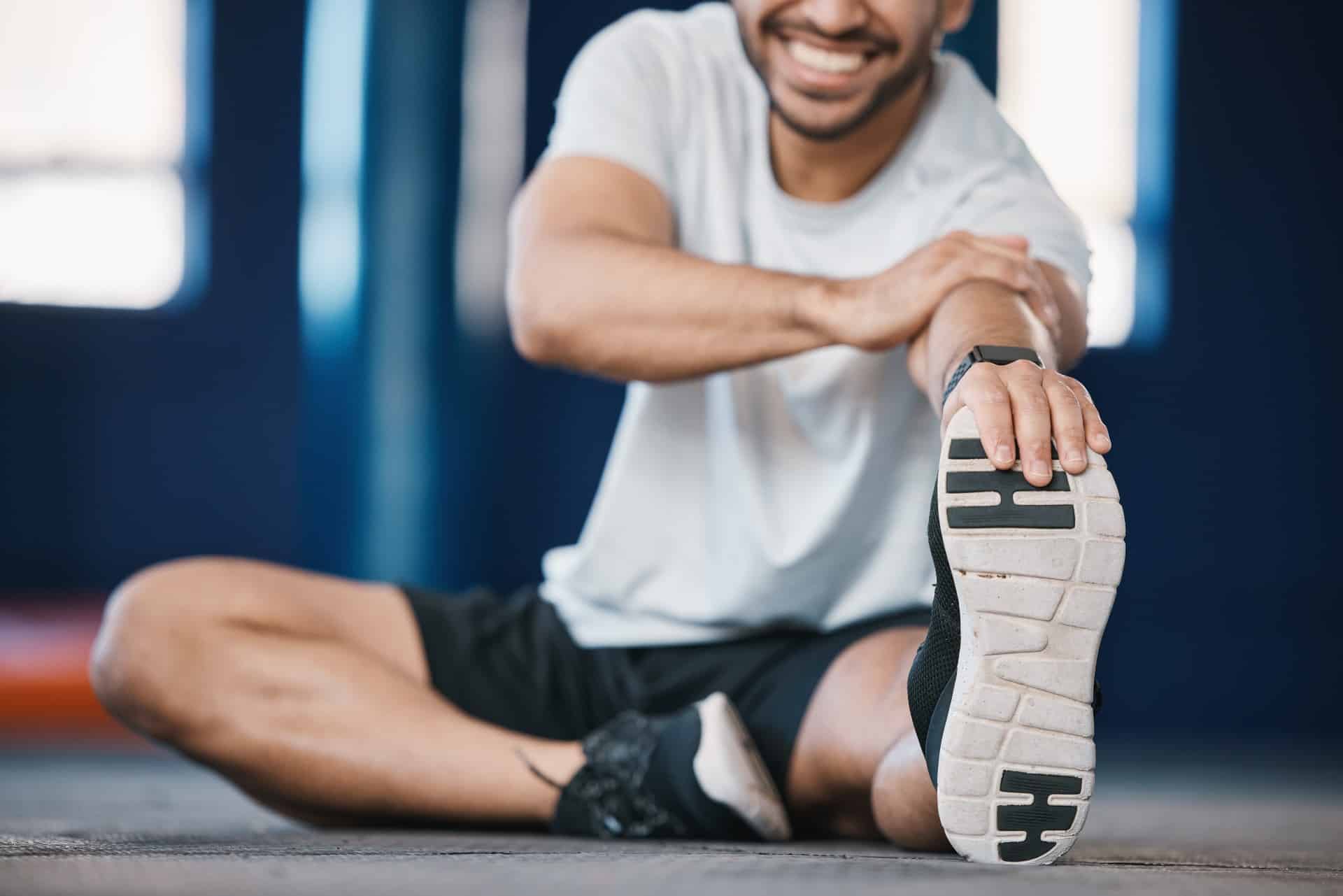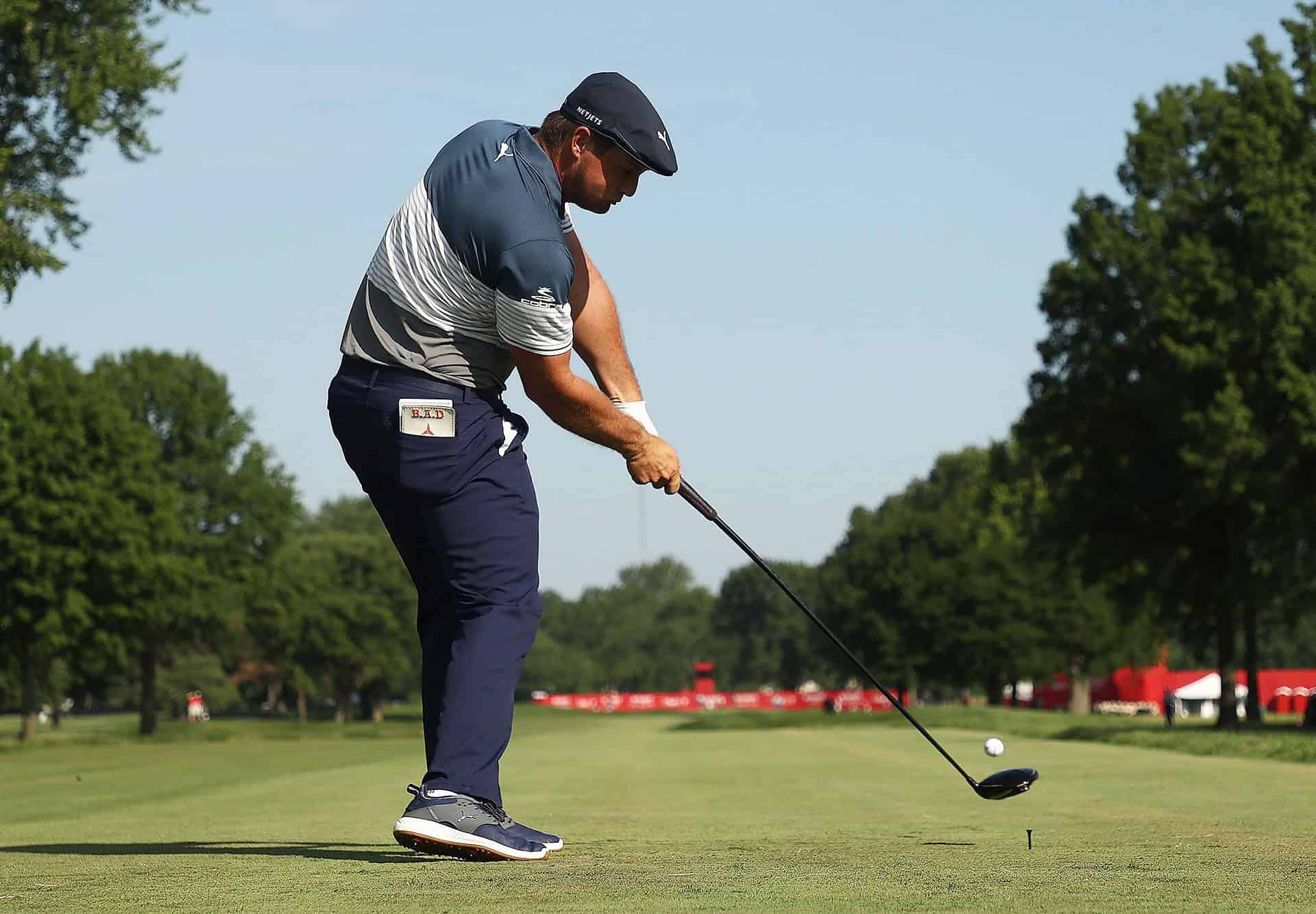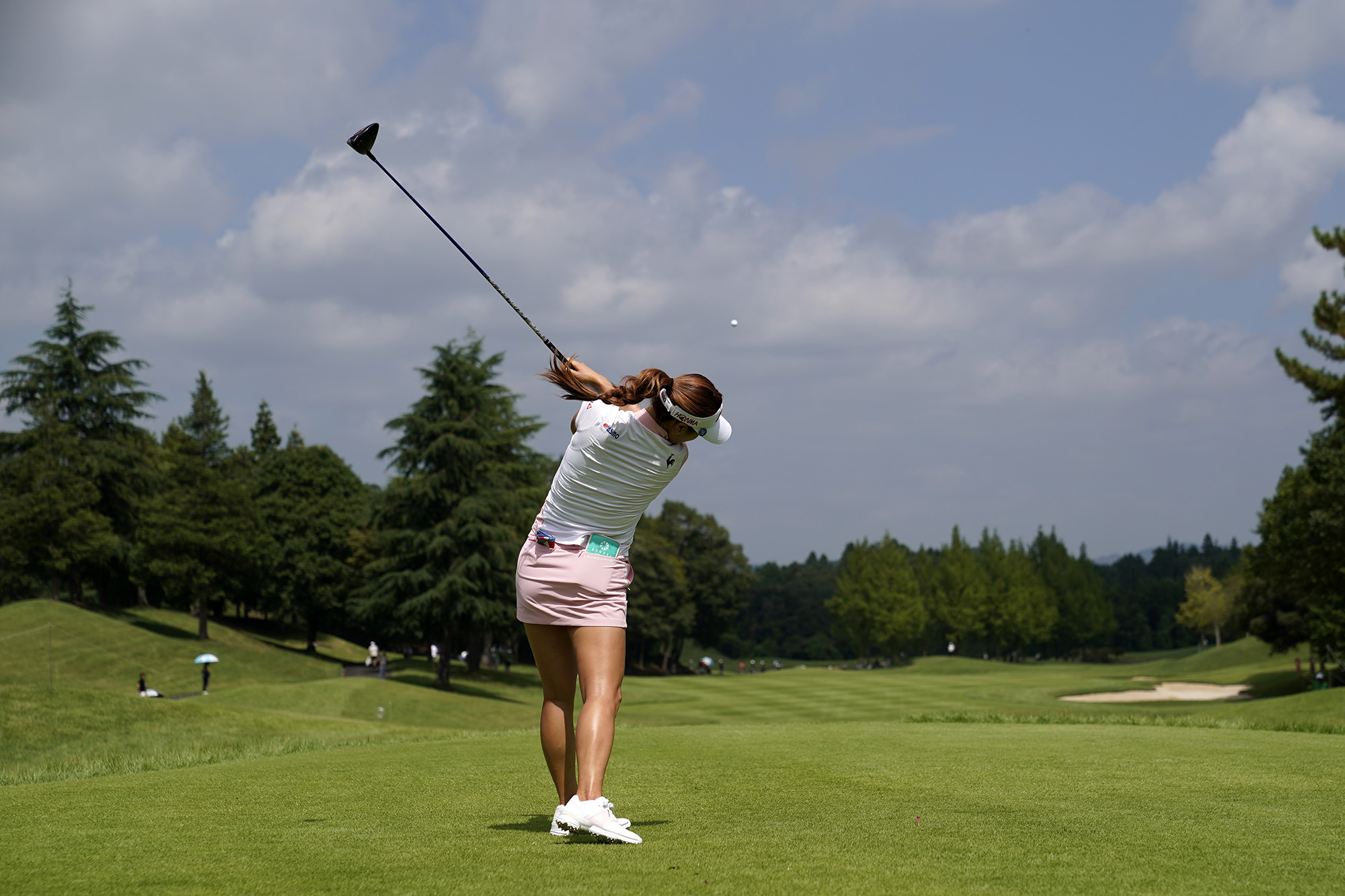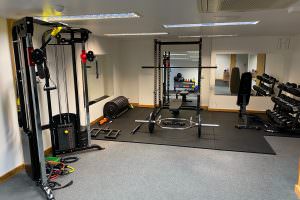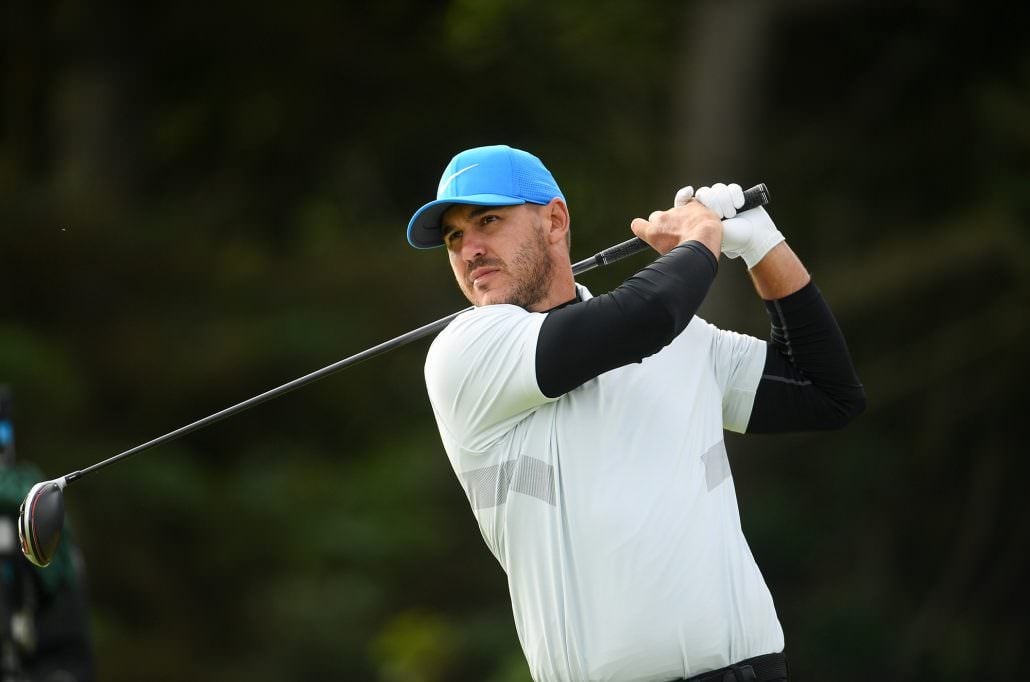
Why training your core is important to improving your swing
Your core is the vital link between the lower and upper body. A ‘stiff’ core is important to enable the transfer of energy from the ground to the golf club.
The core surrounds the muscles in the abdominals, hips and back and aids their main function of stabilising the spine and pelvis. The job of these muscles is not to create movement but to reduce it.
Demonstrating better core stability in your golf swing can have numerous benefits to your game.
1. Reduced injury
The ability to use the core muscles reduces the pressure placed on the lower spine and pelvis during the golf swing which will mean golfers are less likely to get injured.
2. Improved ball striking and accuracy
Having a stiffer core means being able to overcome the rotational forces placed on the body and maintain a better posture throughout the golf swing. This stability will lead to more consistent swings and improved ball striking – making it easier to hit your yardages.
3. Increased distance
In the golf swing, a strong and stable core allows golfers to create more force and speed from the ground and transfer it into the clubhead – thus increasing clubhead speed.
As we all know, the more speed you generate, the further you’ll hit the ball. And who doesn’t want to hit it further?
So how do you train your core?
The ability to resist rotation is key in the golf swing. But it’s important to do it the right way. Developing motor control gives you the ability to move your hips or extremities without using your spine.
Below are some of the exercises I use with my golfers to help them improve their core stability relevant to the movement in the golf swing.
One of my all time favourites is the dead bug. It isn’t easy but it’s great for increasing core strength and keeping your lower back stable while moving your arms and legs.
An increasingly popular anti-rotation exercise is the pallof press and its many variations. I like to start with the half-kneeling position as it enables you to lock down the pelvis and focus on stability of the hip and glutes.
I also like the half-kneeling inline chop as it creates a little more instability with the narrow stance. The core musculature (abs, obliques and glutes) have to work hard to maintain this position while the torso is rotating above it.
As the golf swing is a rotational movement we should be training our core in diagonal patterns as well. These basic side rotations and seated side throws are a fantastic way to develop the relationship between the hip and shoulder in the golf swing.
Try adding these exercises into your fitness routine and feel the benefits.
Rachael Tibbs is a TPI L2 certified golf fitness professional based in Leeds. She specialises in golf-specific strength and conditioning. You can visit her website or follow her on Twitter.
Andrew Wright
NCG's instruction editor. Terrible student so trying my hand at passing on some of the best advice I've never listened to. Member of Royal Troon. Favourite golfer is two-time major winner and hall of famer, Retief Goosen.


